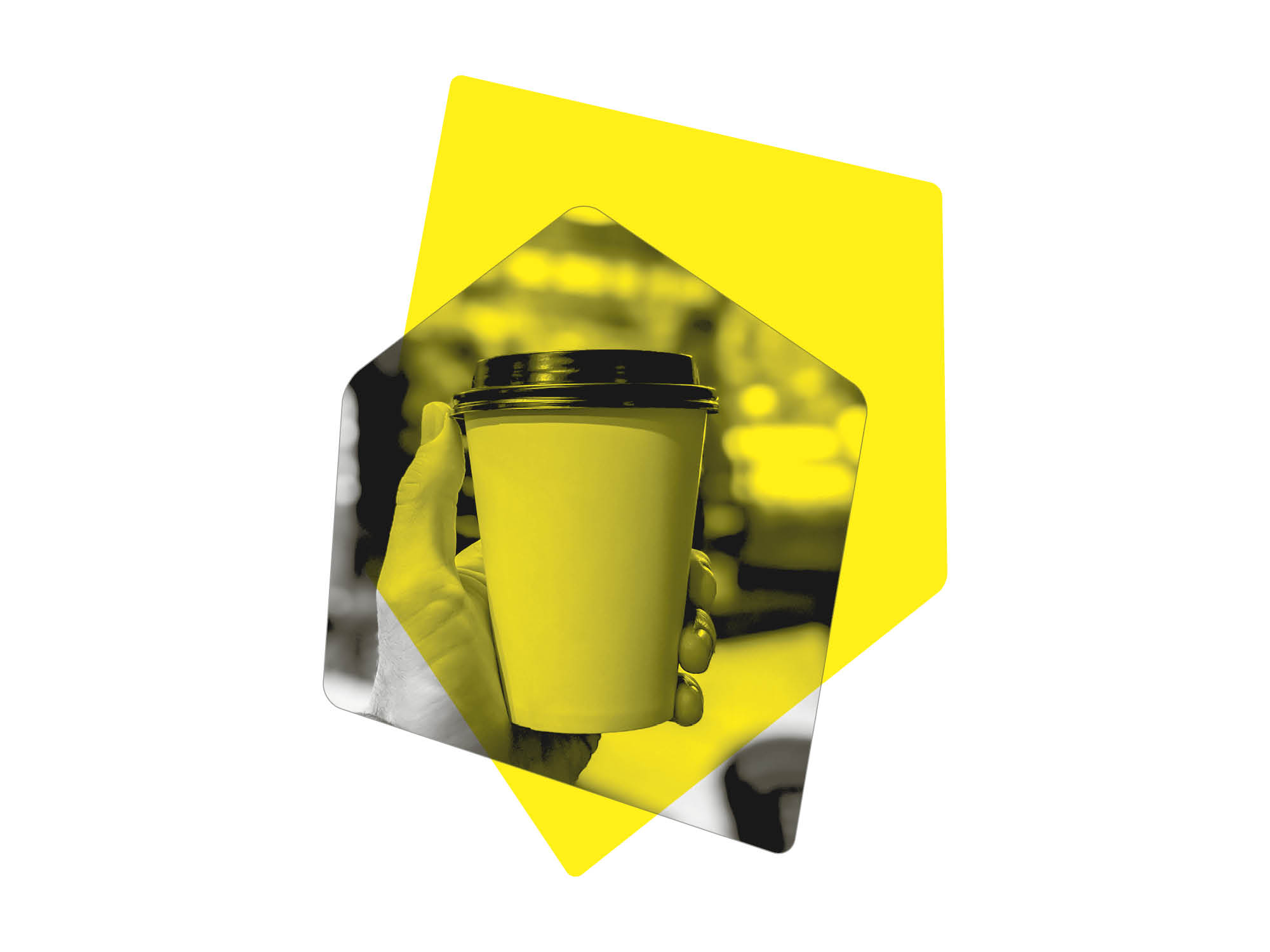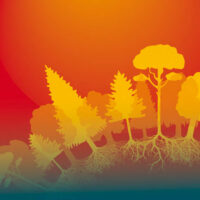“Today’s entrepreneurs are the initiates of earlier times,” explained Jörgen Smit, anthroposophist and educator, during a working group of the Youth Section in the early 1990s. The question was: how does cleverness get from the head to the limbs; how can the gap between knowing and doing be bridged? Making a cup of coffee “to go” requires 200 liters of water. Does this knowledge make us drink less or different coffee? How does a thought become an action?
Stopping to give the idea weight and letting it sink into the heart leads knowledge via feeling to action and helps turn the clever person into a good person. This is a little pause. A medium pause is the night. What we experience and think about today will, after sleeping on it, become a step, a new handhold, tomorrow. The big pause is death; at least, that is what anthroposophy teaches. During the great night, what we experience, understand, and make our own in one life sinks into our limbs for the next life. These three pauses build the bridge from being clever to being good—stopping, sleeping, and dying.
In The Foundations of Human Experience (GA 293), Rudolf Steiner chose a geometric image to depict this mystery. If we draw one half of a circle as if it opens to infinity off one side of the paper and the second half as if it returns from the opposite side, the circle becomes the branches of a hyperbola. The roundness, an image of the head and thinking, becomes the extended arches, an image of the limbs and will.
Translation Laura Liska
Illustration Graphics team of the Weekly






Through my interactions with various individuals active at the Goetheanum over the course of the last 20+ months, I had come to seriously doubt the strength, integrity, honesty (Ehrenhaftigkeit), social responsibility and respect of the Goetheanum as an “institution” as expressed by some of these individuals, to the point of doubting my ability and willingness to continue my 43-year membership in the General Anthroposophical Society. I seemed to perceive apparent carelessness, stupidity, fear, even institutional corruption, that began to drive me near dispair and insanity.
Todays readings began with the interview with/about Vesna Forštnerič Lesjak – whow! What an inspiration! and continued through a few more articles, to eventially end – for now – with Gerard Schwartzes piece on “Fire in the Temple”. Thank you one and all! This hour of reading keeps me interested, gives me hope, strengthens my faithfulness (Treue). My goodness, why does it have to be so bloody hard, and slow? Michael Braun, near Zurich, Switzerland.